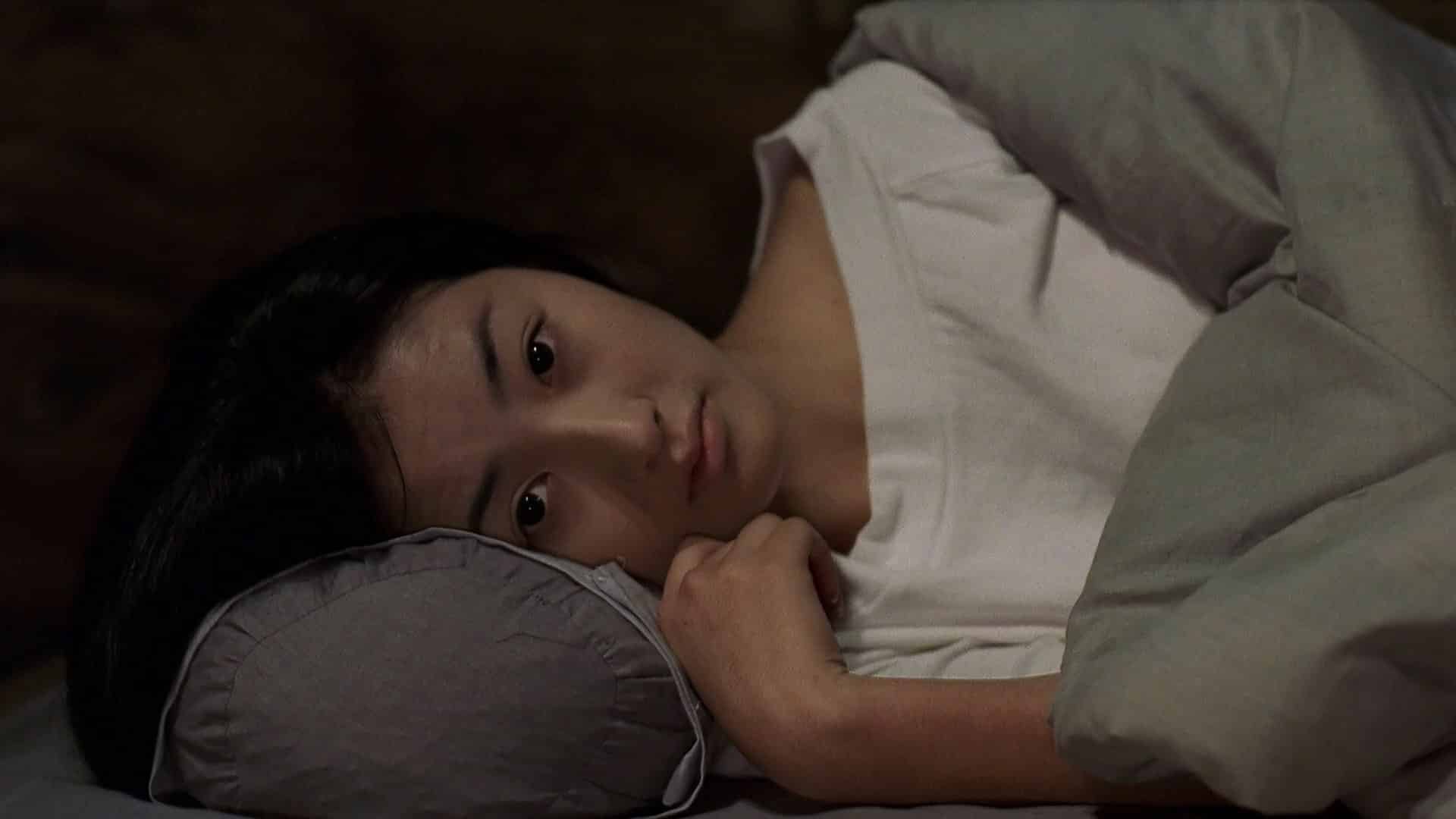There is only one Korean movie on Roger Ebert’s list of ‘Great Movies’, and it has taken me 17 years to truly appreciate this modern masterpiece. Although many great Korean movies receiving more accolades came along after the death of Roger Ebert, this film stands tall as the proud godfather of the golden era of Korean filmmaking that was to follow.
The film is called Spring, Summer, Fall, Winter… and Spring, and I first watched this film when it was released in the US shortly after its initial opening in Korea in 2003, and then watched it again recently via streaming.
Long before the world discovered KPop, K Dramas, or even Korean food, Korea was known for its beautiful Buddhist temples, and the star of this film is a tiny serene floating temple in the middle of a lake in North Gyeongsang province, where my father was born. Inside and around this heart achingly beautiful setting flow the lives of a monk, his protege, and a beautiful young visitor, who show us through the changing of the seasons an unfolding of our very own lives.

How could a movie about a couple of Buddhist monks speak so profoundly to the rest of us who live in the secular world? That is the magic of this film. The joys, pleasures, temptations, unrest, and the ultimate peace, that bind our collective experience, this is a story told without judgment and is completely devoid of the sentimentality that is so often the crutch used in modern Korean dramas to make us cry our eyes out.
Instead, our tears come from the truth of time, which ruthlessly marches forward with an inevitable circular movement and has no regard for either our foolishness or wisdom. Three quarters of the way through this two hour film, after the lusty fullness of summer and as the cool autumn gives way to the white snows of winter, we feel the crushing weight of inevitability and are left gasping at the fleeting nature of our existence.
The vanities of both our accomplishments and failures are reduced to ashes in this film that was written, directed, and even acted in, by master filmmaker Kim Ki-duk, and we feel the urgency to reassess how we will spend the remaining seasons of our lives. Perhaps it was necessary for 17 years to go by, during which time my father passed, and my own children grew up, for me to finally understand this message.
But don’t take it from me. Here are the words of another master who taught a generation of movie goers how to critically separate the wheat from the chaff and gifted us a list of great films that includes a beautiful Korean gem that has been forgotten for too long.
Spring, Summer, Fall, Winter… and Spring, available as of this writing for streaming here.

On a raft in the center of a lake, quiet, meditation and romance
Roger Ebert
Rarely has a movie this simple moved me this deeply. I feel as if I could review it in a paragraph, or discuss it for hours. The South Korean film “Spring, Summer, Fall, Winter … and Spring” (2003) is Buddhist, but it is also universal. It takes place within and around a small house floating on a small raft on a small lake, and within that compass, it contains life, faith, growth, love, jealousy, hate, cruelty, mystery, redemption … and nature. Also a dog, a rooster, a cat, a bird, a snake, a turtle, a fish and a frog.
The one-room house serves the function of a hermitage, or a monk’s cell. As the film opens, it is occupied by a monk (Oh Young Soo) and a boy (Seo Jae Kyung), learning to be a monk. The monk rises, wakes the boy, bows and prays to a figure of the Buddha, and knocks on a hollow bowl that sends a comfortable resonance out into the forest. We gather that the daily routine rarely changes.
Before I describe the action any further, let me better set the scene. The lake is surrounded on all sides by steep walls of forest or stone, broken here and there by ravines. It is approached through two large, painted wooden doors, which swing open to introduce each season of the movie, and frame the floating house. These doors do not keep anyone out, because one would only have to walk around them to find the rest of the shoreline open and free. But they are always respected.
It is the same inside the house. The master and the boy sleep on pallets on either side of the room. At the foot of each sleeping area is a door. The area is otherwise open to the room, and always visible. But when the monk awakens the boy, he is careful to open the door and enter, instead of simply calling out to him or stepping around the door. Several people will occupy these sleeping spaces during the movie, and they will always treat the door as if it had a practical function … except sometimes.
What do we learn from these doors that close nothing out or in? They are not symbols, I think, but lessons. They teach the inhabitants that it is important to follow custom and tradition, to go the same way that others have gone, to respect what has been left for them […]





